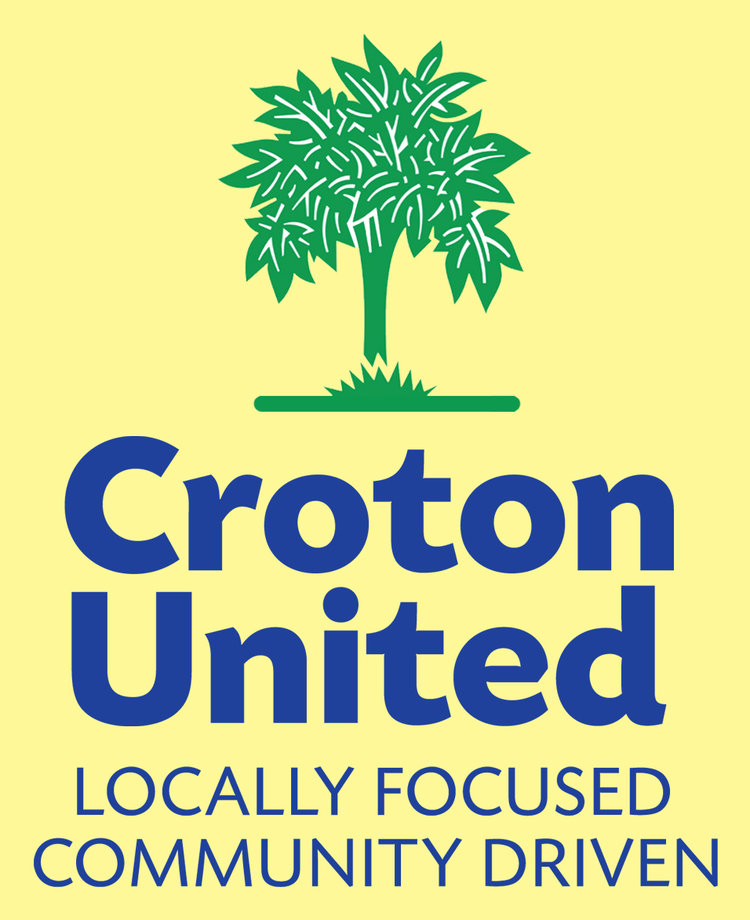The following letter was published in this week’s issue of the Gazette.
To the editor:
As Croton embarks on a re-zoning to encourage apartment development, we are told that these will be affordable apartments for Croton seniors, teachers, and the like. Last week’s announcement of a 75 unit affordable development in Peekskill has some relevance to the Croton discussion.
The Peekskill development is well thought-out and designed with today’s multi-family market in mind. Amenities include a performing arts studio, gallery exhibition space, a courtyard, fitness room, and a rooftop terrace with Hudson River views. There will be a bake shop, gallery, and Green’s Natural Foods on the ground floor.
This is not the “affordable housing” of yesteryear. It is upscale living designed to attract an upscale demographic who don’t want to pay market rental rates but do want to munch on organic hors d’oeuvres while sitting on a taxpayer-funded terrace watching the sun set over the Hudson.
The numbers look like a vote of confidence in Peekskill: out of a near $28 million asset, there is $14.6M in equity. That sounds like a strong vote of confidence from private investors. But a closer look shows that the “equity” is actually comprised of Low-Income Housing Tax Credits and NYS Department of Environmental Conservation tax credits.
In reality, the only risk to the developer is in a $6.8M mortgage guaranteed by SONYMA, the NYS mortgage agency. SONYMA gets funded thru tax-exempt bond issuance, and SONYMA multi-family mortgages are insured from money raised by a tax you pay when you record your home mortgage. In short, even that $6.8M mortgage is subsidized by we the taxpayers.
There are unique issues with the Peekskill site which arguably warrant some taxpayer subsidy. But Peekskill illustrates some hard economic truths about our Board of Trustee plans to have massive “affordable” apartment complexes in Croton.
“We are seeing no transparency as the village prepares to develop the Katz property. Our tax dollars paid for the Katz property. In February 2007 we spent $900,000 taken from village reserve funds and bond issuance. Given the rise in Croton property values over the last 12 years, this asset is enormously valuable to any developer. The Board of Trustees’ secrecy and backroom dealing is a historical norm here in Croton. But that does not mean that it is proper, and in the case of the Katz property it is time for the Board of Trustees to stop with all the secret “Executive Sessions” and scheming. Come clean and tell the taxpayers of Croton what developer is getting this asset, and what are the terms of the deal.”
There is strong demand for multi-family development in Westchester, and the 16,000 units currently under construction or planned will increase apartment stock in the county by 11%. Westchester is expensive, and this creates a problem when developing “affordable” apartments. Tax subsidies in the Peekskill project equate to over $265,000 per apartment, and that number does not include the perpetual annual subsidy resulting from a reduced property tax assessment due to the income restrictions.
As the Peekskill example demonstrates, apartment housing can be upscale and luxurious, and profitable for developers. At the same time, it remains “affordable” because of subsidies: your tax dollars paid for the Hudson River terrace view and fitness room the Peekskill renters will enjoy.
Someone always has to pay, and even with Gov. Cuomo’s claimed expenditure of $20 billion for Peekskill-style affordable apartment development in the next 5 years there is no assurance that there will be enough taxpayer money flowing from Albany to fund Croton’s plans.
Government largesse also raises concerns, particularly when it comes to New York real estate developers. The ability of private investors to get assets for pennies on the dollar makes it vitally important to have transparency. So far in Croton, we are seeing no transparency as the village prepares to develop the Katz property.
Our tax dollars paid for the Katz property. In February 2007 we spent $900,000 taken from village reserve funds and bond issuance. Given the rise in Croton property values over the last 12 years, this asset is enormously valuable to any developer.
The Board of Trustees’ secrecy and backroom dealing is a historical norm here in Croton. But that does not mean that it is proper, and in the case of the Katz property it is time for the Board of Trustees to stop with all the secret “Executive Sessions” and scheming. Come clean and tell the taxpayers of Croton what developer is getting this asset, and what are the terms of the deal.
Paul Steinberg

